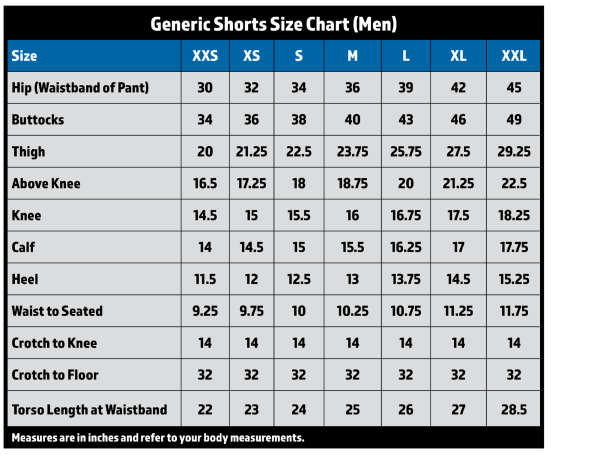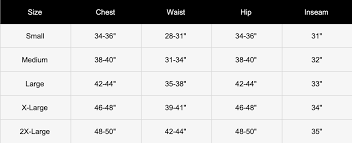Why do clothing sizes vary? Simple answer: there is no universal sizing standard. There are other reasons, like vanity sizes, models, target audience, and more. And yeah, it is extremely frustrating when you are a medium at one store but suddenly a large at another. Some companies even make their clothes say a smaller size so people buy more from them. It is really all about branding and style choices. Most want to wear a smaller size so they will gravitate to brands that print smaller sizes on bigger clothes.
How do you know what size to wear in each brand? Measure yourself. Most clothing websites will have a size chart, find it and pick the units that you will measure yourself in, inches or centimeters. There are usually three or four main spots you will need to measure – your bust or chest, waist, hips, and sometimes under-bust. These measurements are good for shirts and bras. Height, inseam, waist, and hips are for pants and skirts. For dresses and suits, you measure bust or chest, waist, hips, height, inseam, and sleeve length. Believe it or not, there are actually 60+ different measurement points you could take, but most companies only bother with about 15 to 25 of them.
This is a size chart.

“One size fits all” does not apply to clothes. This saying mostly applies to accessories like hats, gloves, jewelry, and ponchos or capes. “One size fits all” is an idiom for the most part.

